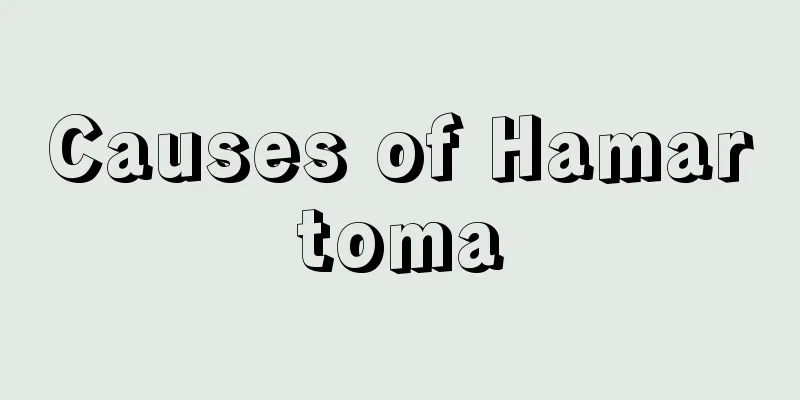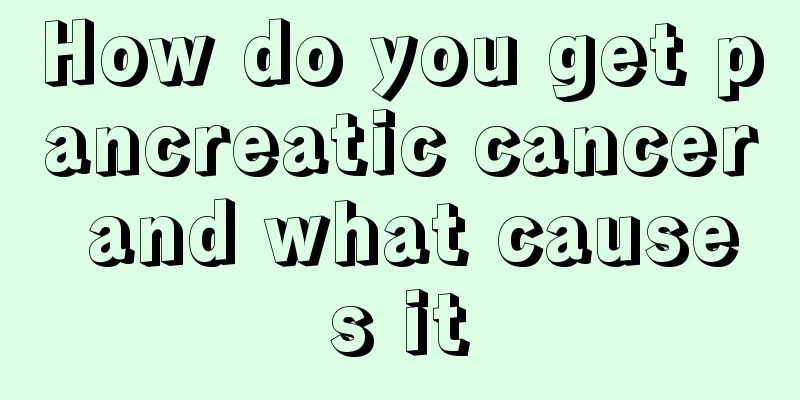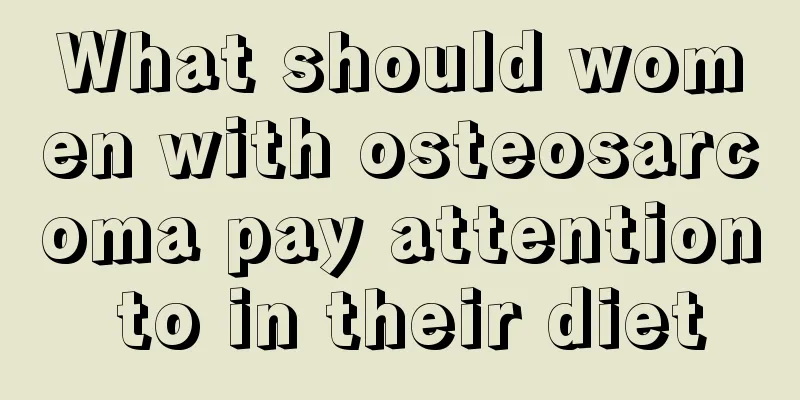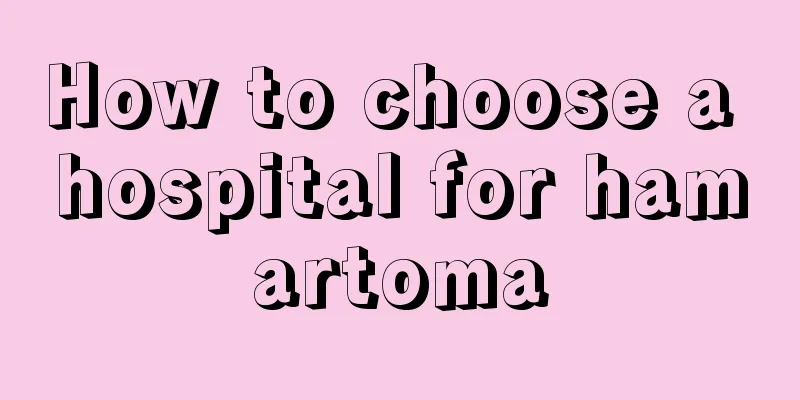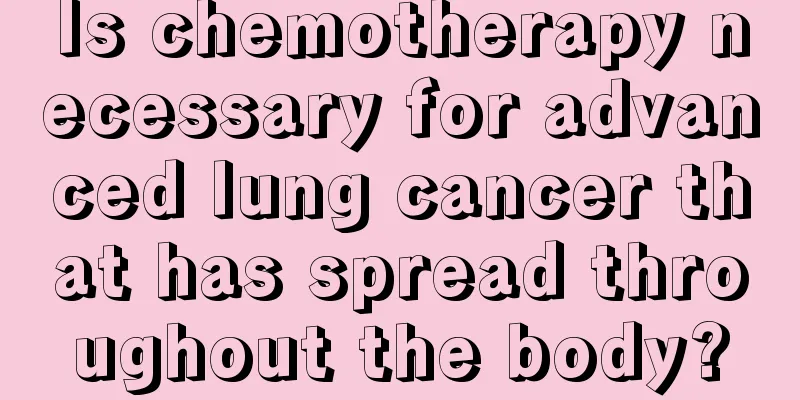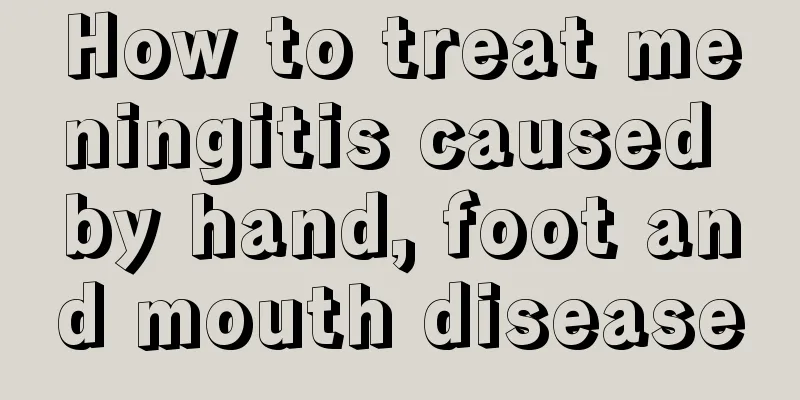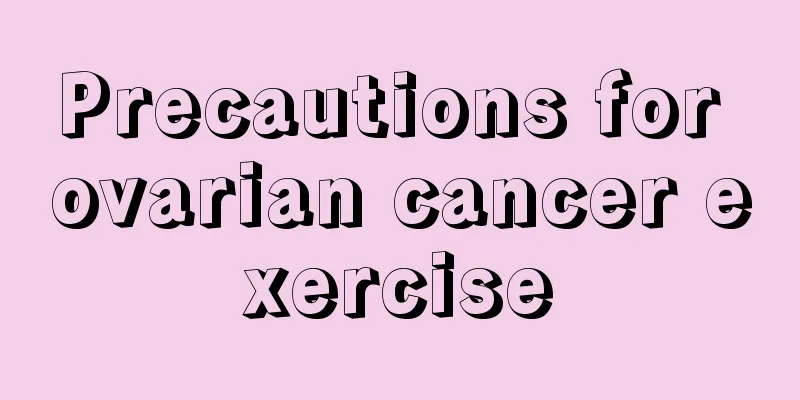Dangerous symptoms after a head impact
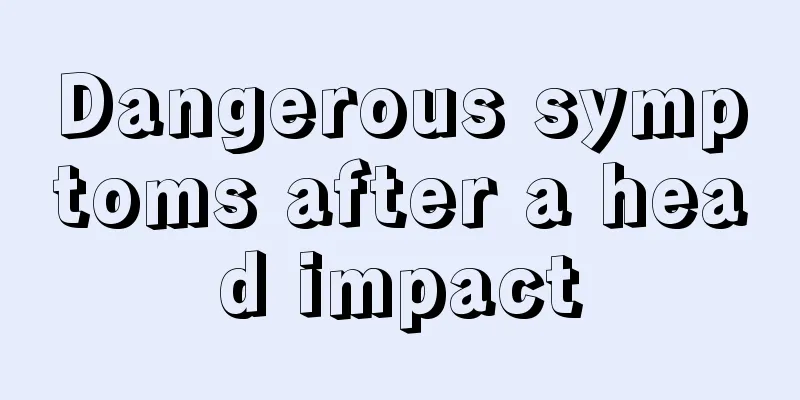
|
Many people accidentally hit their heads under some unintentional circumstances. In some cases, the impact is very serious and requires a long time to recover after treatment. However, many people think that treatment will solve the problem once and for all and often ignore some dangerous manifestations after head impact. If you have this idea, then you need to read the article below to avoid some dangerous manifestations after head impact to ensure your head safety. 1. Ten common crises of brain injury 1. Headache . The severity is quite severe and general analgesics are ineffective. It is often accompanied by frequent nausea and vomiting. 2. Paralysis . Limb movement is normal when injured, but gait instability gradually develops, or one upper or lower limb becomes weak and difficult to lift. 3. Drowsiness . If the child was awake at first but then falls into a deep sleep or is difficult to wake up, do not assume that the child has fallen asleep. Be alert to the possibility that the coma is deepening. 4. Twitching . Limb convulsions, also known as epileptic seizures, are a special manifestation of the discharge of brain cells upon stimulation. 5. Dilated pupils . Normally, the child's pupils are equal in size and round, and the round holes shrink when exposed to light. In abnormal cases, one pupil of the child is larger than the other, and the child's reaction to light is slow. 7. Slow heartbeat . A normal child's heart beats about 80 times per minute. Once the pulse slows down to less than 50 beats per minute, accompanied by increased blood pressure and slowed breathing, it indicates that intracranial hematoma or cerebral edema has occurred. 8. Restlessness . If the child is extremely restless and sweating profusely, it means that the child's intracranial pressure has increased to a level that is difficult to compensate. 9. Mental disorder . The child is confused, has difficulty concentrating, and cannot play as usual. 10. Dizziness . Patients with early-stage brain trauma all experience dizziness, often accompanied by nausea and vomiting. If a child complains of dizziness that has reached an unbearable level, parents should be alert to the possibility of intracranial hematoma. What are the consequences of a violent blow to the head? When the head is hit, the brain is subjected to the combined force of at least three round trips. Due to the structure of the brain, the combined effect of the three reciprocating forces will produce different consequences depending on the size of the force. There are concussions, intracranial hypertension caused by intracranial hemorrhage, brain stem damage, etc. The most important point about concussion is retrograde amnesia, which means that you cannot recall the situation before or at the time of injury. If you can remember it clearly, it is not a concussion. No vomiting and no headache means there is no intracranial hypertension. Death may also result from damage to the brain stem. It depends on the location and strength of the impact. Severe cases can cause hemiplegia and become a vegetable. |
<<: What are the dangers of duplicate kidney
>>: The dangers of excessive selenium
Recommend
Is pregnancy related to melanoma?
Is pregnancy related to melanoma? Pregnancy is ge...
What is the difference between the spine and the vertebrae?
The spine is one of the most complex bone tissues...
How long after a meal can I do scraping
Scraping, like cupping, is a method often used by...
Yin deficiency and hyperactivity of fire and premature ejaculation
Yin deficiency and excessive fire and premature e...
What does night sweats mean
In traditional Chinese medicine, night sweats are...
What to do if you have dizziness, nausea and vomiting in the late stage of liver cancer? There are several ways
Cancer has a great impact on people's lives. ...
What to do if colon cancer metastasizes to the lungs
The treatment of lung metastasis from colon cance...
20-day diet for pancreatitis patients discharged from hospital
If you drink alcohol frequently or suffer trauma,...
The best concealer liquid foundation
Liquid foundation for concealing blemishes is a k...
The best hospital for colorectal cancer
Colorectal cancer is a malignant tumor of the dig...
How to use pyroalkali disinfection
In life, everyone knows that summer is the season...
What are the requirements for holding a full moon banquet
If there is a newborn baby in the family, it is a...
Is there anyone who can live for decades with kidney cancer?
If kidney cancer is discovered early and the mali...
Diagnostic knowledge you need to know before treatment of malignant lymphoma
Malignant lymphoma is a malignant tumor that orig...
Xuanyang Decoction plus Jiyin Decoction for the treatment of bladder cancer
Bladder cancer belongs to the category of "u...
